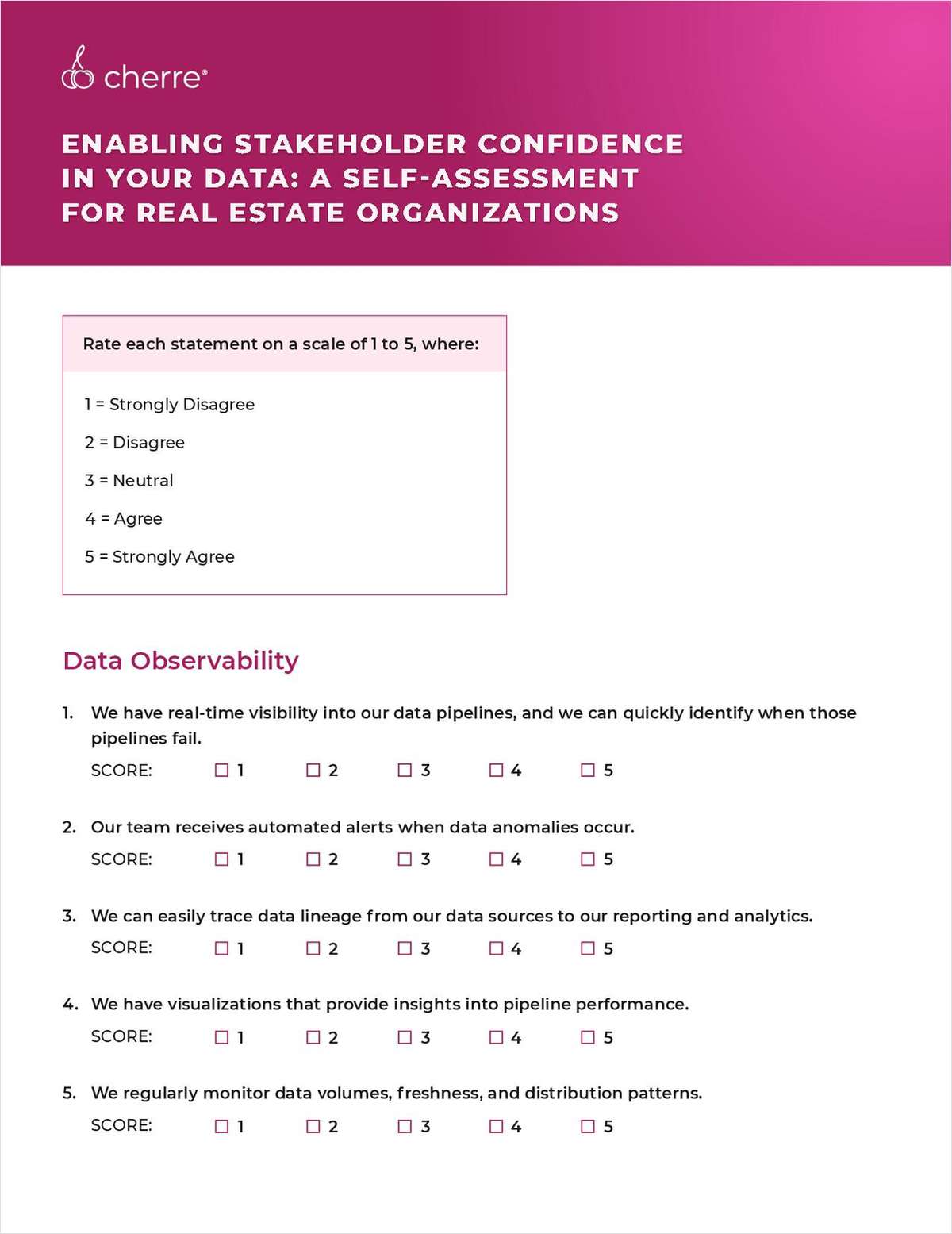Southern California has a thriving medical office market, and this year, it seems demand this year is only growing for quality medical office space. A combination of the increasing senior demographic and a more involved approach to healthcare has produced an active medical office market. Today, healthcare companies are expanding to accommodate current growth as well as prepare for the future.
"We have an aging population, which will have a tremendous effect on our US healthcare systems," Jason Krotts, a principal at REDA, tells GlobeSt.com. "Approximately one quarter of the US population are baby boomers, and as these people continue to age, their level of healthcare increases. By 2030, the population of people over the age of 65 will double and approximately six out of every ten boomers will be managing one or more chronic conditions. This is why healthcare systems need to prepare for the growing need to service this segment of society. Intuitively, there needs to be more smaller, localized, neighborhood service providers to assist in this growing need."
Seniors aren't the only demographic driving demand. Changing consumer culture is also fueling a market shift. "We have a consumer issue where consumers are more agnostic than ever about their provider and are turning to social media for validation and social proof about who can provide the best delivery of care," Bryan McKenney, director of brokerage services at Cypress West Partners, tells GlobeSt.com. "This makes the patient experience more important to the tenant to capture and retain their patients."
While there is huge demand for medical space, the supply is limited, and in a market like Southern California, space for new product is rare. "Southern California, especially coastal SoCal, has huge barriers to entry for new product as nearly every parcel is spoken for," says McKenney. "The best markets have near full occupancy that does not allow tenants to grow, add business lines, or allow for new market entrants. Medical users, as a whole, don't act like retail or office users who will capture "market share" or "place units." So you don't see the same pre-commitment that allows developers to come to market with as much new product."
Tenants are also thinking ahead. They are walking into new leases thinking about the building quality over the next five to 20 years, competition, functionality, and barriers to entry. "This phenomenon is driving a flight to quality for access, amenities and experience," says McKenney. "The buildings that don't keep up with market trends are removed from tour lists and tenants will relocate to other buildings and spaces that allow them to remain relevant and competitive."
Want to continue reading?
Become a Free ALM Digital Reader.
Once you are an ALM Digital Member, you’ll receive:
- Breaking commercial real estate news and analysis, on-site and via our newsletters and custom alerts
- Educational webcasts, white papers, and ebooks from industry thought leaders
- Critical coverage of the property casualty insurance and financial advisory markets on our other ALM sites, PropertyCasualty360 and ThinkAdvisor
Already have an account? Sign In Now
*May exclude premium content© 2024 ALM Global, LLC, All Rights Reserved. Request academic re-use from www.copyright.com. All other uses, submit a request to [email protected]. For more information visit Asset & Logo Licensing.










